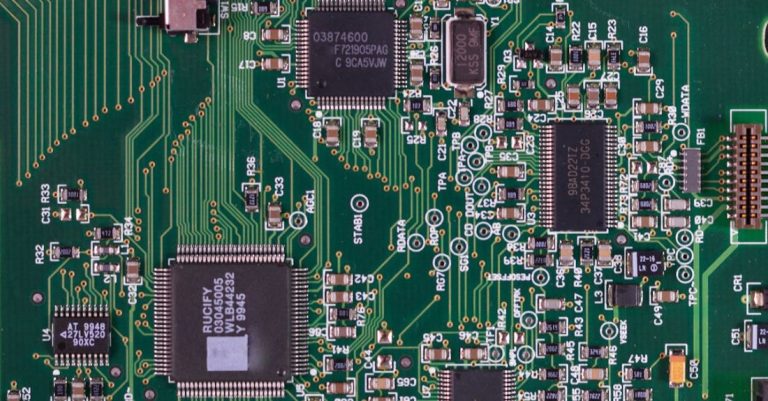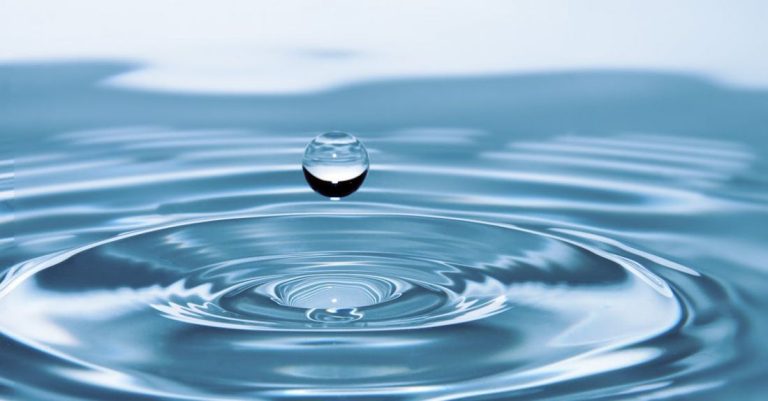
Greywater recycling systems are an efficient and sustainable way to reduce water usage in households and businesses. By repurposing water from sources such as sinks, showers, and washing machines, greywater systems can help decrease the strain on freshwater resources and lower water bills. Implementing a greywater recycling system may seem like a complex task, but with the right information and guidance, it can be a straightforward and rewarding endeavor.
Understanding Greywater
Before delving into the implementation of greywater recycling systems, it is essential to understand what greywater is and how it differs from other types of wastewater. Greywater refers to gently used water that comes from domestic activities such as bathing, laundry, and dishwashing. Unlike blackwater, which originates from toilets and contains pathogens, greywater is relatively clean and can be safely reused for non-potable purposes.
Benefits of Greywater Recycling
Implementing a greywater recycling system offers numerous benefits, both for the environment and for homeowners. By diverting greywater from the sewer system, households can significantly reduce their water consumption and lessen the burden on municipal water treatment facilities. Additionally, using greywater for tasks like irrigation can help promote healthier plant growth and reduce the need for synthetic fertilizers.
Designing Your Greywater System
When planning to install a greywater recycling system, it is crucial to consider factors such as the layout of your property, the types of fixtures producing greywater, and local regulations governing greywater reuse. The design of your system will depend on various factors, including the volume of greywater generated, the quality of the water, and the intended reuse applications. Working with a professional designer or contractor can help ensure that your greywater system is tailored to meet your specific needs and complies with local building codes.
Choosing the Right Components
Selecting the appropriate components for your greywater recycling system is essential to its effectiveness and longevity. Common components of a greywater system include filters, pumps, storage tanks, and distribution lines. When choosing these components, consider factors such as durability, maintenance requirements, and compatibility with your existing plumbing system. Opting for high-quality components will help ensure that your greywater system operates efficiently and reliably for years to come.
Installation Process
The installation of a greywater recycling system typically involves connecting the fixtures that produce greywater to a filtration and storage system. Depending on the complexity of your system, you may need to make modifications to your plumbing, install additional piping, and set up a distribution network for irrigating plants or flushing toilets. While some homeowners may choose to tackle the installation themselves, hiring a professional can help ensure that the system is installed correctly and functions optimally.
Maintenance and Monitoring
Once your greywater recycling system is up and running, regular maintenance is essential to keep it operating efficiently. This may include tasks such as cleaning filters, inspecting pipes for leaks, and monitoring water quality to ensure that it meets safety standards. By staying proactive with maintenance and monitoring, you can prolong the lifespan of your greywater system and maximize its water-saving potential.
Evaluating System Performance
After implementing a greywater recycling system, it is essential to evaluate its performance periodically to ensure that it is meeting your expectations and sustainability goals. Monitor water savings, plant health in irrigated areas, and any changes in water quality to identify any potential issues or areas for improvement. By regularly assessing the performance of your greywater system, you can make adjustments as needed to optimize its efficiency and effectiveness.
Incorporating Greywater Recycling into Your Lifestyle
Implementing a greywater recycling system is not just a one-time project—it is a commitment to sustainable living and responsible water usage. To fully embrace the benefits of greywater recycling, consider adopting water-saving habits such as taking shorter showers, fixing leaky faucets, and using eco-friendly cleaning products. By incorporating these practices into your daily routine, you can further reduce your water footprint and contribute to a more sustainable future.
Embracing the Future of Water Conservation
Greywater recycling systems offer a practical and eco-friendly solution for reducing water waste and promoting sustainable living. By understanding the principles of greywater reuse, designing a system that meets your needs, and committing to ongoing maintenance and monitoring, you can take significant steps towards conserving water and protecting the environment. With the right knowledge and dedication, implementing a greywater recycling system can be a rewarding endeavor that benefits both your household and the planet.





